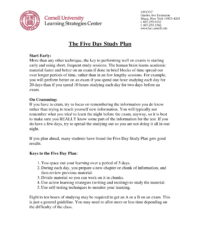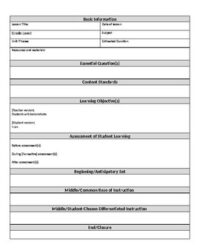Utilizing a uniform structure offers several advantages. It simplifies the application procedure, allowing applicants to focus on presenting their qualifications effectively. This standardized approach also facilitates efficient processing and review by admissions committees, ensuring all applications receive equal consideration based on the same criteria. This ultimately benefits the university system by helping to select the most suitable candidates.
The following sections will explore various aspects of applying to the CSU system, including detailed guidance on completing required sections, tips for crafting compelling personal statements, and understanding important deadlines and procedures.
Key Components of the CSU Application
The California State University application comprises several key sections, each designed to collect specific information about prospective students. A complete and accurate submission is crucial for a thorough evaluation.
1: Personal Information: This section gathers basic identifying information, including legal name, contact details, and demographic data. Accurate information is vital for communication and record-keeping.
2: Academic History: Applicants provide detailed information regarding their high school coursework, GPA, and standardized test scores (if required). This section forms the foundation of the academic evaluation.
3: Extracurricular Activities: This section allows applicants to showcase their involvement in activities outside the classroom, such as clubs, sports, volunteer work, and employment. It provides insight into an applicant’s interests and commitments.
4: Personal Statement: This crucial component provides applicants with an opportunity to express their motivations, goals, and experiences in their own words. A well-crafted statement can significantly strengthen an application.
5: Application Fee or Fee Waiver: Payment of the application fee is required, though waivers are available for eligible students who demonstrate financial need.
6: Supplemental Application (if applicable): Certain programs or campuses may require additional materials, such as portfolios or auditions. Applicants should carefully review program requirements.
7: Selecting Campuses and Majors: Applicants indicate their preferred campuses and programs of study within the CSU system. Researching options beforehand is highly recommended.
Careful attention to each section ensures a comprehensive and compelling application, maximizing the likelihood of acceptance to desired programs.
How to Create a CSU Application Template
While a universally applicable “template” doesn’t exist due to the online nature of the application and the unique information required from each applicant, one can adopt a structured approach to prepare and organize information before submitting the application. This preparatory process ensures a complete and polished application.
1: Compile Academic Records: Gather official transcripts, test scores (if applicable), and a list of extracurricular activities. Having this information readily available streamlines the process of filling out the application.
2: Draft the Personal Statement: Begin working on the personal statement early. Consider experiences, skills, and aspirations relevant to chosen programs. Multiple revisions and feedback are beneficial.
3: Research CSU Campuses and Programs: Thoroughly investigate various campuses and programs to identify the best fit academically and personally. Consider factors like location, program offerings, and faculty expertise.
4: Explore Financial Aid and Fee Waiver Options: Research available financial aid opportunities, including scholarships, grants, and loans. Determine eligibility for application fee waivers.
5: Prepare Supporting Documents: If applicable, gather necessary supporting materials, such as portfolios, letters of recommendation, or audition recordings. Ensure materials meet specific program requirements.
6: Review Application Requirements for Each Campus: While the core application is consistent, specific requirements may vary by campus and program. Carefully review these requirements to avoid omissions.
7: Create a Timeline and Checklist: Establish a timeline for completing each step of the application process, including deadlines for transcripts, test scores, and supporting materials. A checklist ensures a complete and timely submission.
By following a systematic approach, applicants can present a well-organized and compelling application, maximizing their chances of admission to their desired CSU program.
Careful preparation and a thorough understanding of the application process are crucial for prospective California State University students. From compiling academic records and crafting compelling personal statements to researching campuses and exploring financial aid options, each step contributes to a successful application. A structured approach ensures all necessary information is presented clearly and effectively, allowing admissions committees to assess applicants fairly and comprehensively.
The path to higher education requires diligence and proactive engagement. By investing time and effort in the application process, prospective students demonstrate their commitment to academic pursuits and position themselves for success within the California State University system. A well-prepared application serves as a testament to an applicant’s dedication and potential, paving the way for a fulfilling and enriching university experience.


